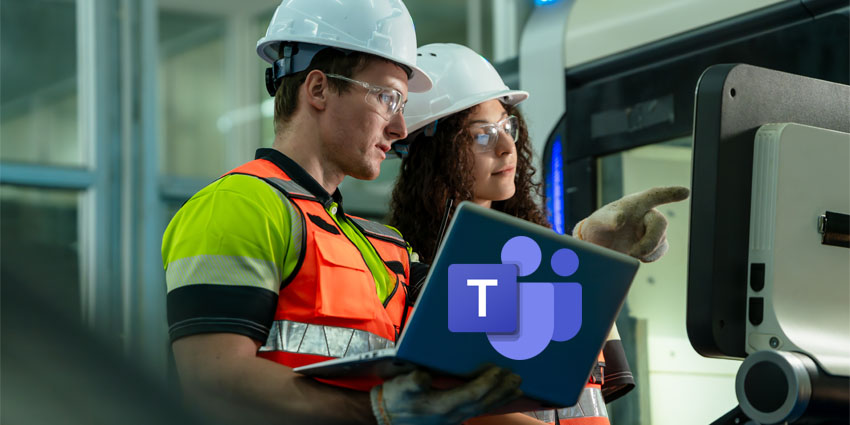The last 12 months has seen concepts of modern work crystallise as organisations build familiarity with new ways of working and seek to prepare their buildings and spaces for the next generation. There are conflicting trends in the market as businesses have cut down on their office space to generate cost savings that reflect increased home working while simultaneously, in many cases, encouraging back-to-office initiatives. The location of work has become an important contractual negotiating point for employees and enterprises recognise the need to deliver attractive, properly-equipped workspaces in order to recruit and retain workers.
There are numerous challenges for modern workspaces to accommodate. There are those who still require traditional office features, those that need new sizes of meeting spaces that equipped to meet their collaboration needs and those who are looking for the office location to provide a workplace experience that justifies their commuting time. Versatility is therefore the watchword for organisations planning to enable modern work.
Flexibility by design
“This isn’t necessarily technology-led,” confirms Chris Young, an Account Manager at New Era Technology, which has been providing customers with guidance and strategic direction so they can optimise workplace design for modern work requirements.
“It’s important to focus on what you’re trying to achieve so AV, room design and incorporation of smart building technologies can be brought together to deliver on the objectives. For instance, if your plan is to bring 80% of workers back to the office, you’ll need to ensure not only that there is sufficient space for them but also that they can communicate and collaborate effectively with the 20% who are remote.”
Young sees the growing need for technologies that manage utilisation of space more effectively and the need for these to be deployed alongside new, versatile spaces such as large conference rooms that can be easily sub-divided into break-out, huddle or medium-sized meeting rooms. He cites cases in which meeting rooms have been occupied by a single user on their laptop while others struggle to find a room as proof that new approaches are needed. Achieving meeting equality is also essential so all participants have access to the technology they need to interact confidently.
Once the strategy is set, technology can be applied to ensure working spaces that users enjoy using are constructed. Application of technology such as AI-enabled cameras can help identify when room occupancy is very low and educate people to go to the right size of meeting room. Digital signage can play an important role here in directing people to a workspace that is appropriate to their needs and highlighting available spaces.
AV as-a-service
Deploying AV technology in new spaces is a substantial capital expenditure burden so firms are increasingly assessing whether to move to an AV as-a-service (AVaaS) model. This has the advantage of shifting capex to opex, allowing enterprises to digest the costs of upgrading their systems as an ongoing expense rather than a one-time purchase. For many, the model is familiar from the IT industry in which cloud computing has replaced server ownership so it’s not a huge leap for them to move to AVaaS.
Additional benefits of this approach include greater flexibility to match technologies to the needs of workers, assurance of regular upgrades and ability to scale up or down as required.
The vendor-agnostic advantage
“It’s important to work with a vendor-agnostic service provider to prepare for modern work,” adds Young. “In many cases, it’s not necessary to replace existing kit and customers don’t always understand what’s achievable. Similarly, vendors often don’t have familiarity with the deployment spaces so a vendor-recommended camera might appear to meet the customer’s specification but, if it’s deployed in a glass box, it will be affected by reflections and reverb bouncing around the space.”
“This is where New Era Technology can really help,” he says. “We’re not only vendor-agnostic. We also take customers right through the process of designing for modern work, showcasing designs in virtual reality and sharing our in-depth experience of how companies are approaching modern work. With our monitoring and management tool, customers can manage multiple different technology estates from various vendors through a single pane of glass. This provides real, comprehensive insights into space and equipment utilisation and enables further refinements to be made, optimising utilisation and delivering an appealing workplace experience.”
To find out how New Era Technology can help you design your AV and offices for the modern work era, find out more here.







